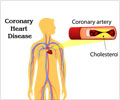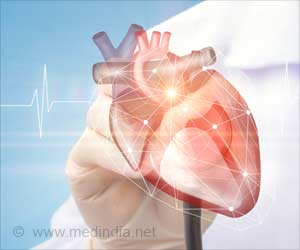A new study suggests that transfer of patients to specialized hospitals to undergo angioplasty within six hours can lower the risk of suffering life-threatening complications.
A new study suggests that transfer of patients to specialized hospitals to undergo angioplasty within six hours after receiving clot-busting drugs can significantly lower the risk of suffering life-threatening complications.
Angioplasty uses a combination of catheter-mounted balloons and stents to open a completely blocked coronary artery and restore blood flow to the heart.It is accepted as the best initial treatment for heart attacks when performed within 90 minutes of arrival at a hospital.
The research team from St. Michael's Hospital and Southlake Regional Hospital
In the study involving 1,059 heart attack patients who were treated with clot-busting drugs, the team from St. Michael's Hospital and Southlake Regional Hospital revealed that early transfer of patients after clot-busting drugs are administered results in significantly better outcomes than the current traditional practice of transferring patients only when the clot-busting drugs fail.
"When treating patients with heart attacks, timing is everything, " said Dr. Shaun Goodman, the study's chairman and associate head of cardiology at St. Michael's Hospital.
"A patient's chances of recovery are significantly improved if care is provided in a setting where angioplasty can be done soon after clot-busting therapy is given," he added.
Advertisement
That represents a 36 per cent reduction in potentially life-threatening complications, including repeat heart attacks, with no difference in major bleeding complications.
Advertisement
Source-ANI
SRM














